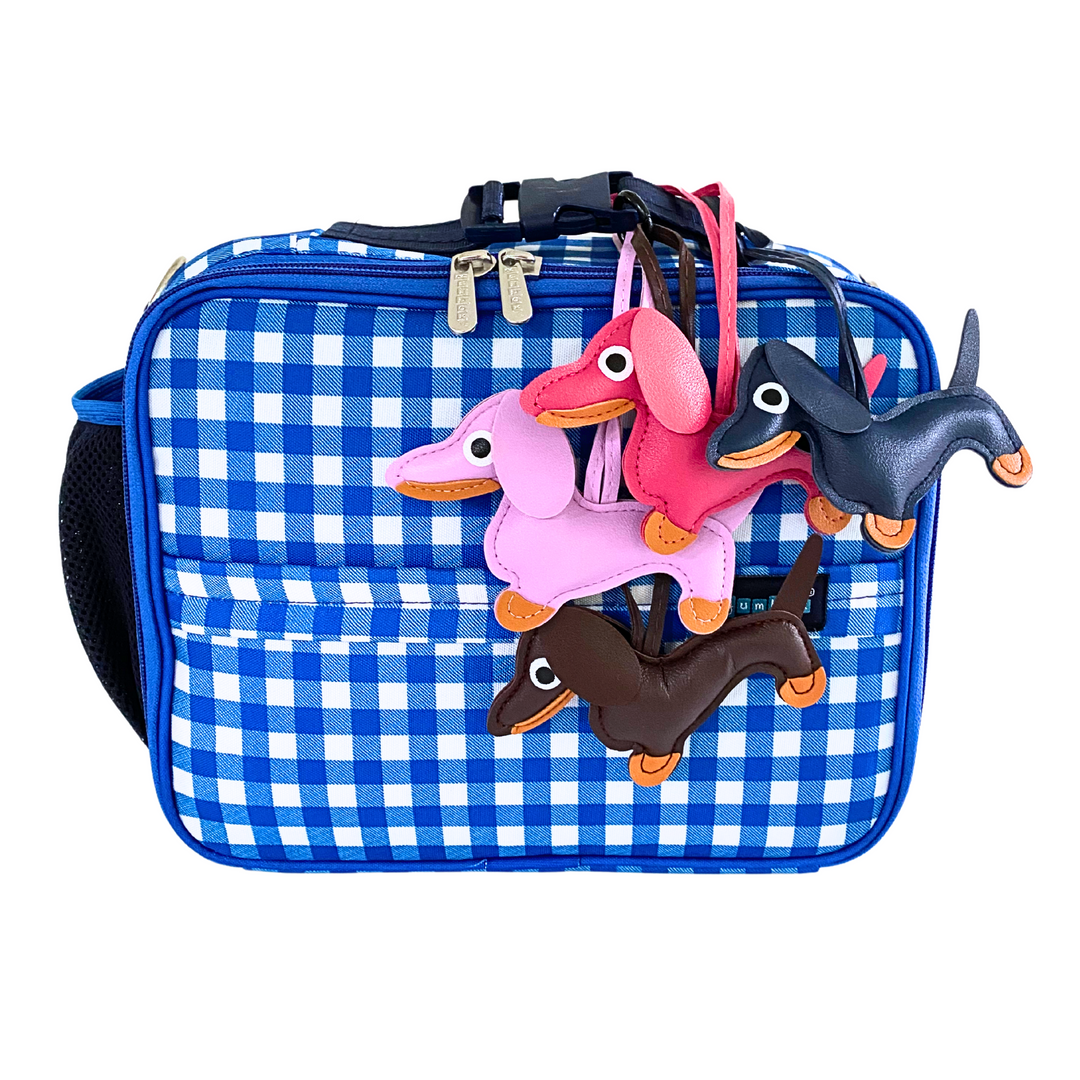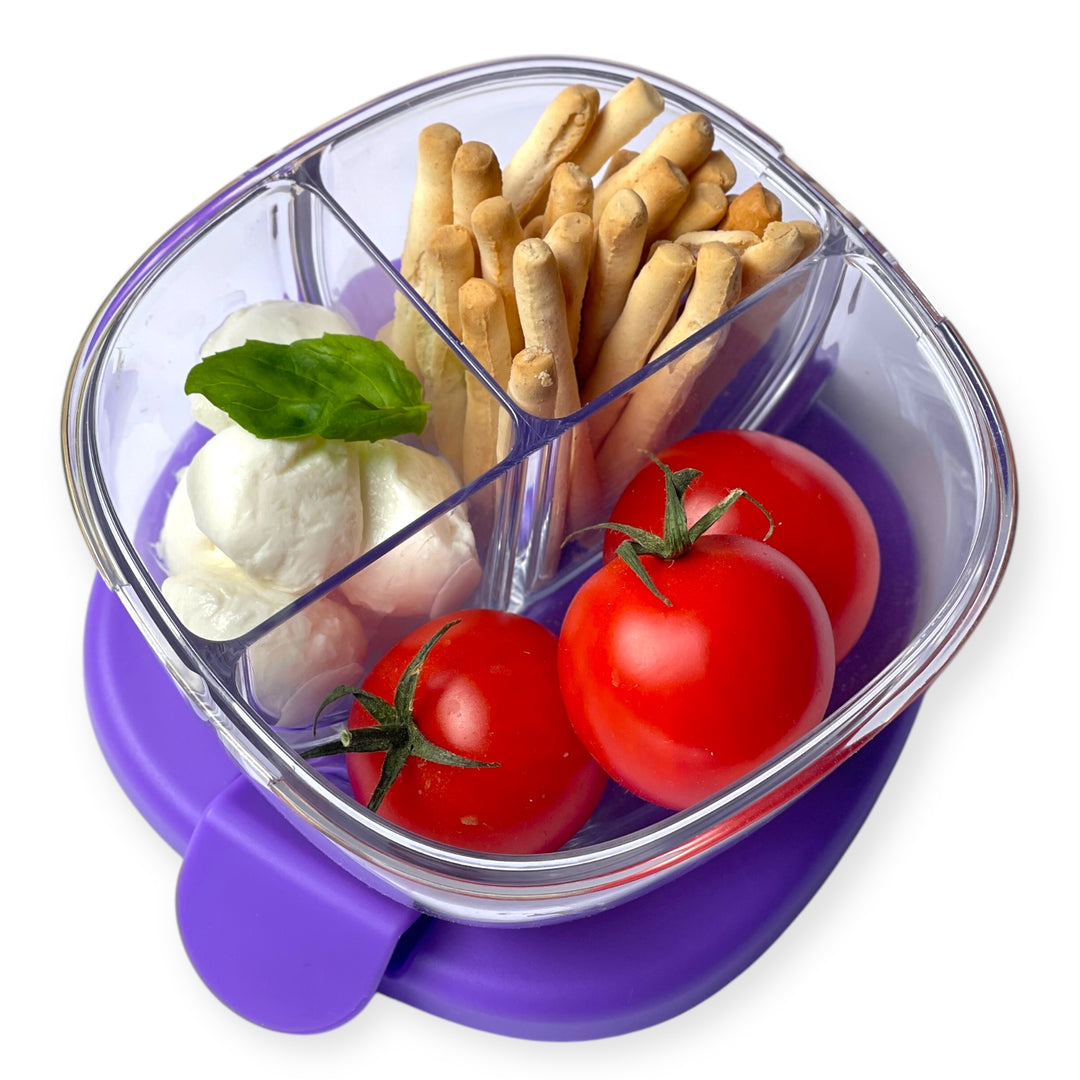New Protein Sources for Lunch - Veggie Proteins for Kids and more!


Vegetables
Any dark leaf vegetable is sure to be packed with good-for-you proteins. Not surprisingly, superfoods like kale and spinach are wonderfully rich protein sources. Avocado, broccoli, cauliflower, fresh peas, sweet potato and mushrooms are also high contenders.
Ways to include these foods in your child’s lunch: Serve veggies raw with a nice olive oil based dip or dressing.
Add peas and mushrooms to pasta salads like this Sweet Corn Pasta with Asparagus, Mushrooms and Peas.
Make Cauliflower or Broccoli croquettes which taste great at room temperature.
Make a healthy dip like a mild guacamole. It’s sure to please a good percentage of kids. Kid-friendly Guacamole recipe by Mollie Katzen

Legumes
High in fiber, calcium, and iron, legumes are also a great source of protein. And what goes better with beans than some of the wonderful grains, like rice or quinoa, which then complete the full amino acid requirement.
Include beans like lentils, chickpeas or black beans in fresh salads. Chickpeas in particular are a very versatile bean. Here are a few kid-friendly foods to add to your child’s lunch box:
Falafel balls are a fun way to serve chickpeas to your kids.
Hummus is chickpea based and a great dip for fresh vegetables. Hummus can also be made with other beans by following the same recipe. If your kids like pancakes, they might enjoy Socca, which is a chickpea pancake from Southern France.

Nuts and Seeds
Even though peanuts are in fact a legume, most people think of them as nuts. Ask your kids where they think peanuts grow. If the answer is on trees - tell them that in fact peanuts are like beans and they grow low to the ground.
Peanuts, like all other beans, are an excellent source of protein. Peanut butter, as well as butters from the real nuts, like cashew and almond provide about 2 oz of protein for just 2 tablespoons, which is a daily protein requirement for children up to three years of age. Sesame seeds, walnuts, pistachios, pine nuts and almonds are also great protein sources. Serve them regularly by tossing nuts in salads, adding to muffins or even quiche. Real Mom Nutrition has a guide on DIY nut butters that is worth testing out!

Grains
Not surprisingly quinoa is on this list. There’s a reason this grain is considered a superfood! Quinoa is not only high in protein, it is also gluten free. And so versatile! Healthy Kids Challenge has assembled a nice list of various Recipes using Quinoa
Other protein-rich grains include oats, brown rice, bulgur, amaranth and wheat germ. Oats are especially noteworthy as they contain as much protein as soy products. Most kids love oats - especially in a cookie form. But oats are not just about oatmeal and cookies. Oats Dosa could be a nice addition to a child lunch, especially with some lentils and brown rice on a side. And for a healthy snack or a great greek yogurt addition, what child would say “no” to Honey Roasted Oats?

Soy
Although soy products are considered controversial by some, most pediatricians advise that moderate consumption is fine. Like most foods, the less processed the soybean, the better for you. Soy beans (which are actually beans) are the only vegetable that contains all the amino acids, just like animal proteins.
Some examples of kid-friendly soy products are edamame (steamed or roasted), tofu, tempeh and miso.
My kids love Baked Tofu Bites, especially when served with Peanut-ginger sauce. I also like to add a teaspoon of miso to hummus. Miso is not only a soy product, it is also fermented, which has its whole other level of beneficial features, as documented in an earlier Yumbox blog Fermented Food, a Group of Their Own
To read more about soy product concerns for kids, visit Mom Logic’s article by Dr. Cara Natterson: Is Soy Dangerous for Kids?
How much protein is needed?
Choose My Plate website outlines daily protein requirements for all ages. For young children ages 2-3, it is recommended to serve 2 oz daily. This equates to 2 tablespoons of nut butter or 1/2 cup of cooked beans. For children aged 4-8, the amount is doubled to 4 oz daily.
However, the key element to remember is that it’s not just how much protein you eat, but how healthy those protein sources are. Try to encourage your children to eat as many protein-rich, non-animal products as possible. Those proteins are typically much lower in fats, which will be great for their hearts as they get older.
To find out more about Proteins in your child’s diet visit





Leave a comment